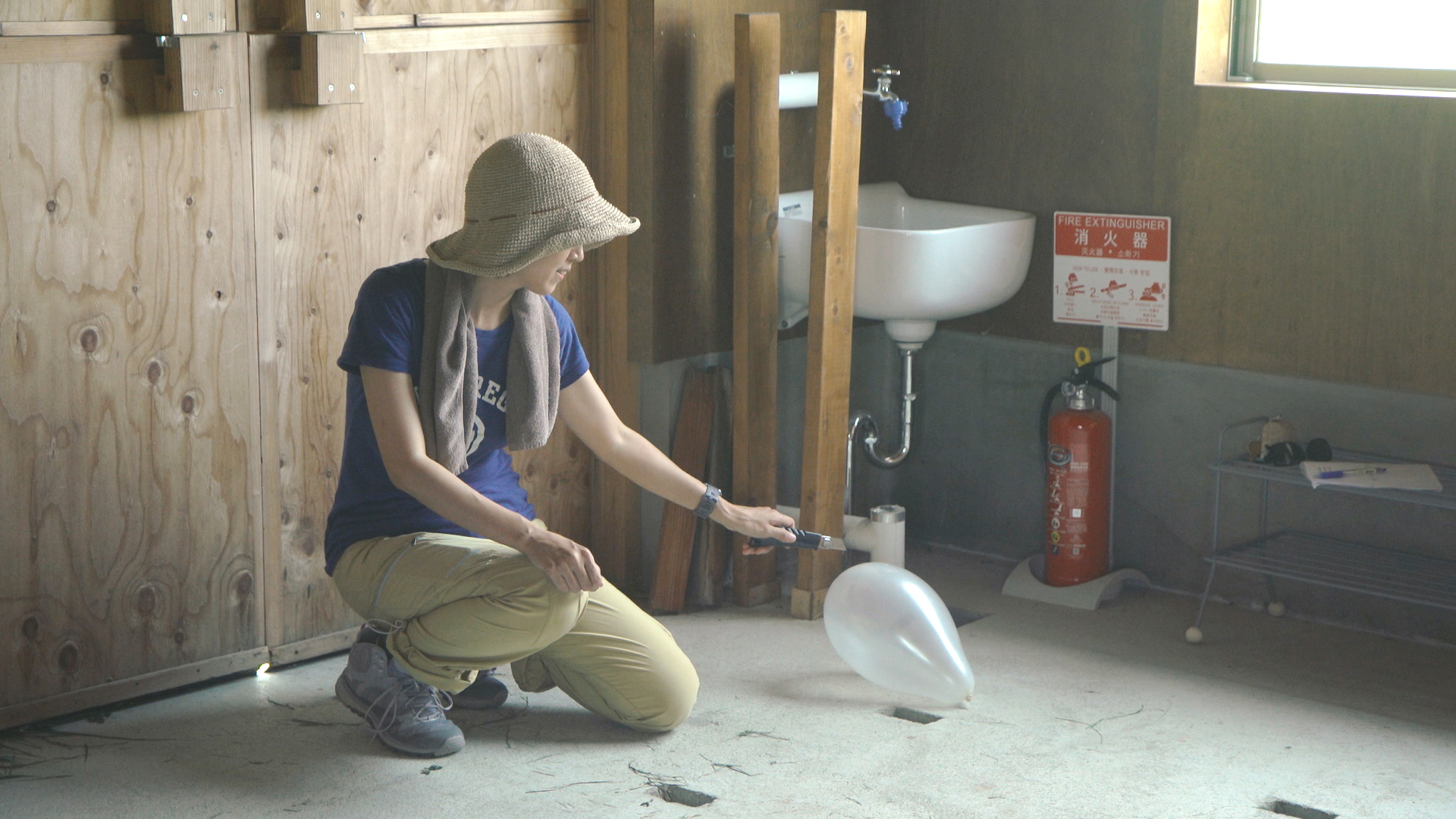Memu Earth Lab
Grounding Research
date: July 28th 2019, publication on 2022
location: 42.468606, 143.376097
location: memu earth hotel / memu earth lab
Published as part of Audialsense by Paul Bavister, Bartlett Design Research Folios, 2022, pp.56-63.
Download PDF or Read online from Bartlett Design Research Folios Website
Paul Bavister / Bartlett School of Architecture, UCL UK / Flanagan Lawrence
Nick Luscombe / Musicity, London UK
Introduction
In July 2019, Musicity was asked to attend a series of Workshops at the Memu Earth Lab in Hokkaido. The focus of the research was to look at the complex interrelationships of sound, space and the body. This was undertaken both internally and externally for a more situated environmental approach. The research documented here is in two parts, representing both focused research on room acoustics and music, and psychophysiological responses to sound and space. (See Part Two here)
Memu x Musicity Workshop July 2019
Part One: Music
A series of sites are chosen within Memu selected for their relevance to the project; visual interest, accessibility and a spaces ‘sound’. Spaces are chosen that show a blend of rich acoustic qualities, from the intimate to the cavernous, we want spaces that have a voice, a voice that can be a creative springboard for writing music. Once the spaces are selected, they were acoustically tested by the workshop participants. The output of the tests gives us acoustic data that can tell us a lot about how the space performs, and how it could be used by others.
Whilst acoustic parameters are interesting to acousticians and architects, and work very well on a technical level, what is critical, is for a musician to use their ears, and develop an intuitive response to a space. So in addition to the acoustic parameters, the sine sweep can produce what is called an ‘impulse response’. This is a computer generated retort, or snap, that contains spatialized acoustic data from the space. On its own, it’s fairly meaningless, but when dropped into a convolving reverb effect in a studio environment, it allows a space to be ‘convolved’ in real time, simulating the effect of a space digitally. This convolution process allows a musician to write music for a given space, using the sound and feel of a space in a studio environment.
The impulse responses generated by the workshop attendees are available here for open download. We encourage artists to use these to develop their own compositions based on the site and its architecture. We encourage the sharing of these tracks to broaden the understanding of what music works well in spaces not necessarily designed as spaces for music.
memu-building-acoustic measurement
presentation: Paul Bavister
Impulse Response audio from buildings at Memu
Impulse Response RAW files (Download Links)
même R1 / même R2 / studio memu R1 / a recipe to live R1 / a recipe to live R2 / barn house R1 / barn house R2 / horizon house R1 / horizon house R2 / nest we grow R1 / nest we grow R2 / inverted house R1 / infinite field R1 / colobokle nest R1 / colobokle nest R2
Credit: Workshop Participants
Paul Bavister [Flanagan Lawrence / UCL / Audialsense]
James Greer [Musicity Global / Field Recordist+ Composer]
Sam King [Sam King Film]
Hiroki Kobayashi [Kobayashi Lab, The University of Tokyo]
Nick Luscombe [Founder & Director, Musicity Global / BBC Broadcaster + DJ / Field Recordist]
Yukiko Matsunaga [Matsunaga Lab, The University of Tokyo]
Yu Morishita [Memu Earth Lab Project Lecturer, IIS,The University of Tokyo]
Ken Nishikawa [Filmmaker, Composer, Radio + TV Director]
Yuta Sasaki [Kobayashi Lab, The University of Tokyo]
Hemant Singh [Filmmaker, Producer]
Miho Tajima [Artist, Sound Artist]
Hande Unlu [Memu Earth Lab, The University of Tokyo]
+ Memu Earth Hotel Staff
Results from Memu X Musicity Workshop July 2019
